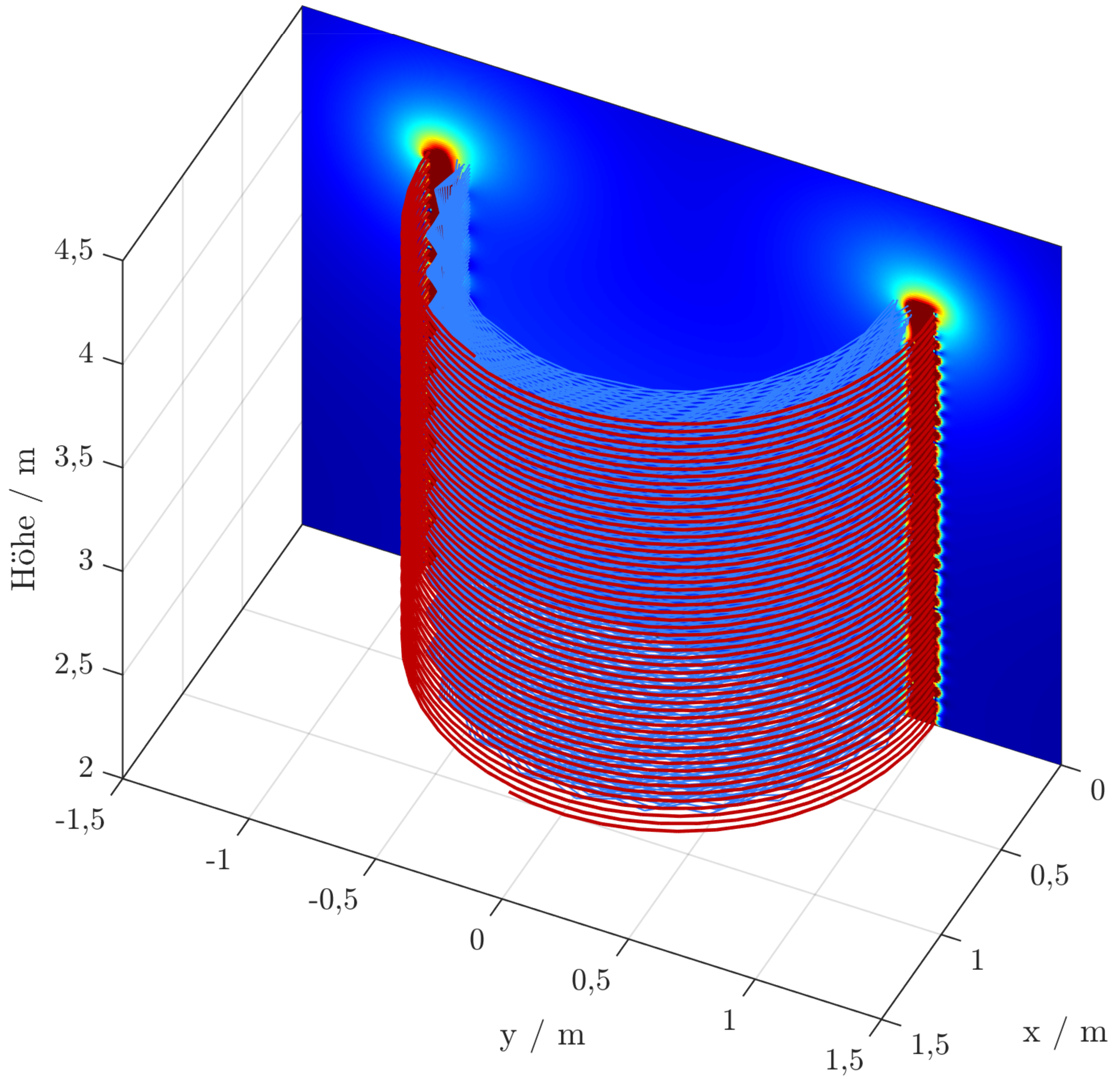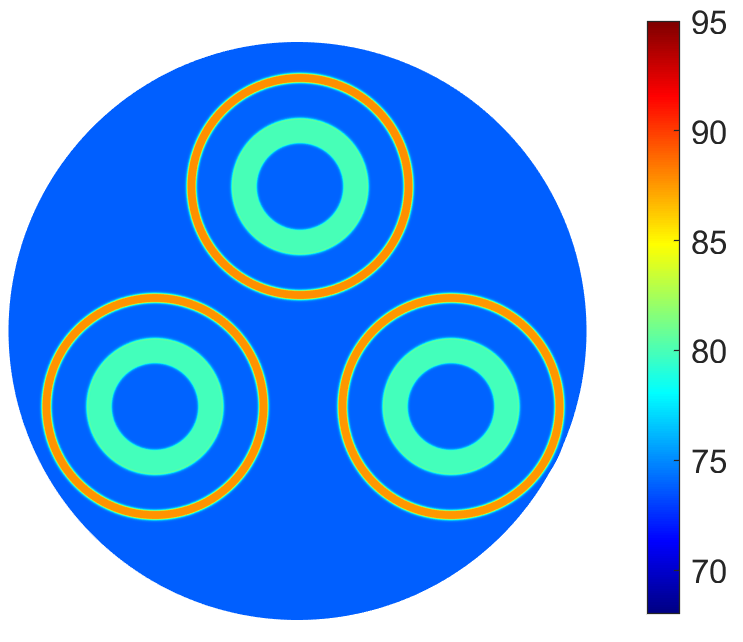Numerical Modelling of Superconducting Power Devices
Numerical modeling of superconducting technologies is a valuable tool for estimating losses in devices under specific operating conditions. Moreover, these models offer insights into observables and data that are challenging or even impossible to obtain experimentally. They are particularly useful for tracking temperature variations in high-temperature superconducting (HTS) conductors, aiding in the identification of critical points for safe device operation. This is especially important because a key challenge in designing practical components with long-length HTS conductors is ensuring their stability against fault currents, particularly in relation to coolant temperature profiles.
Research topics
Advances in superconductor technologies make the prospect of economical operation of HTS power devices a practical concept for grid applications in urban centers. With more advanced designs being developed and commercialized, their complex systems and dynamic behavior are becoming increasingly complicated to model. This brings new challenges as the complex designs of HTS technologies significantly increases the computation power needed to perform simulations. Developing optimized simulation tools, which capture the main non-linear properties of HTS materials and devices, to be deployed in a power hardware in loop environment and power systems simulators poses a major challenge today.


Research goals
Our focus is on developing fast and optimized algorithms for the numerical modeling of superconducting applications, with a particular emphasis on the electromagnetic and thermal behavior of HTS materials. We frequently employ both finite difference and lumped parameter methods. The optimized algorithms our team has developed for HTS cables and superconducting fault current limiters (SFCL) demonstrate efficient, stable, and robust simulation performance. Additionally, these models provide scalable results, offering insights into quantities that are challenging to obtain experimentally. A key objective of our research is the development of simulation methods for HTS transformers and machines.



 Raum 221
Raum 221